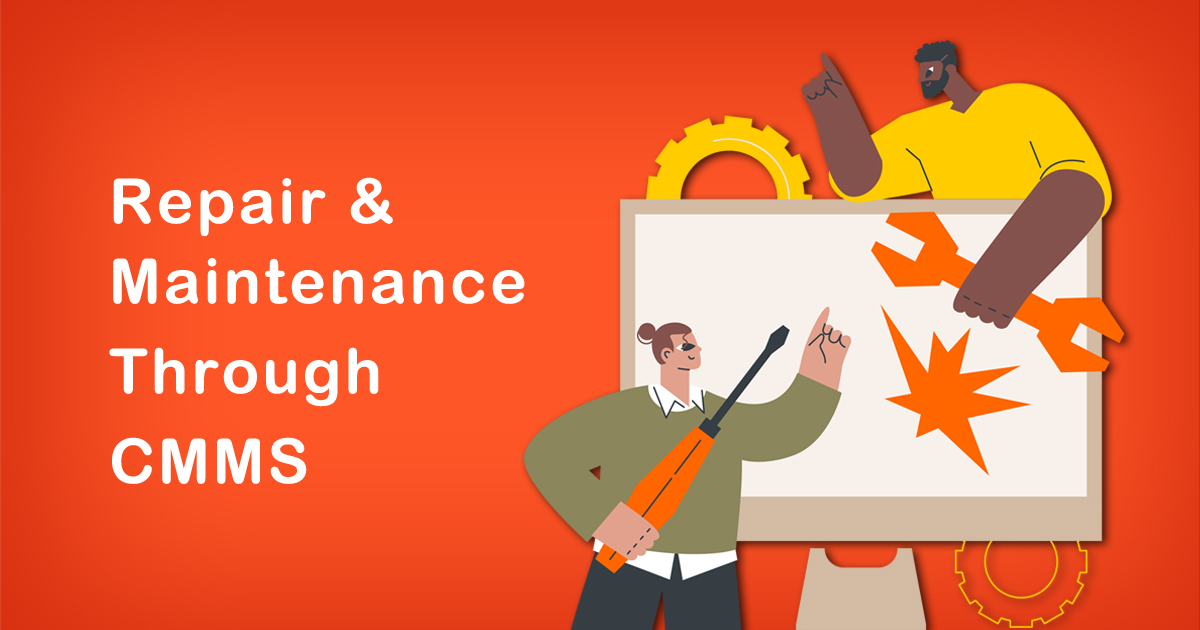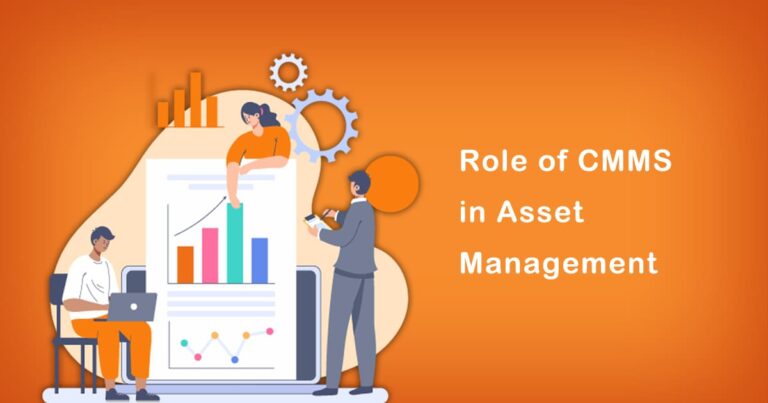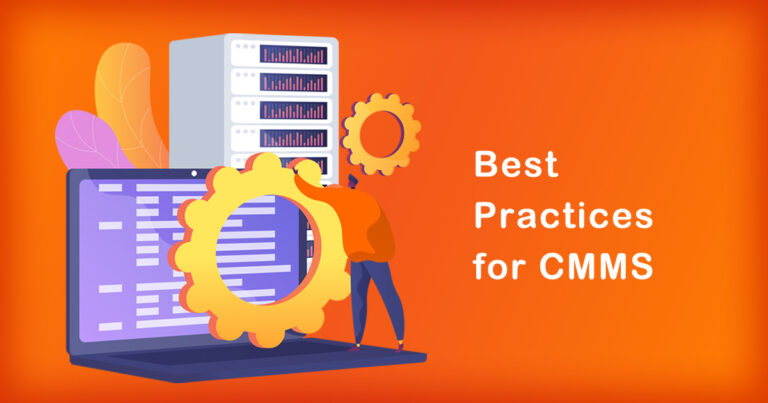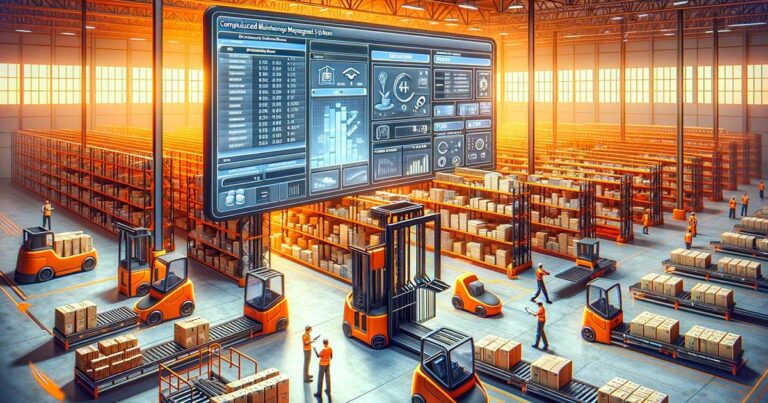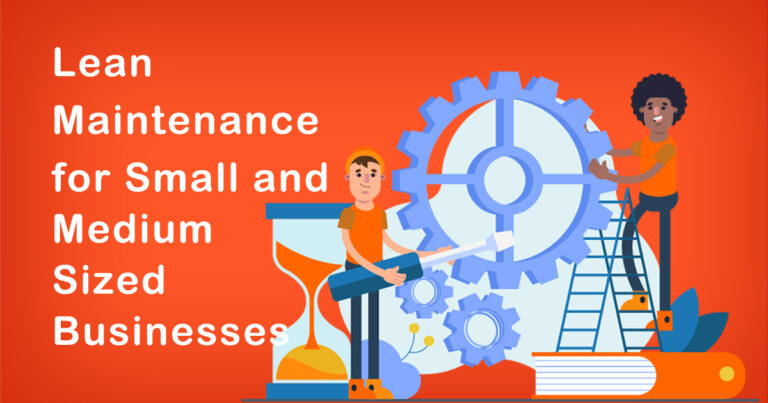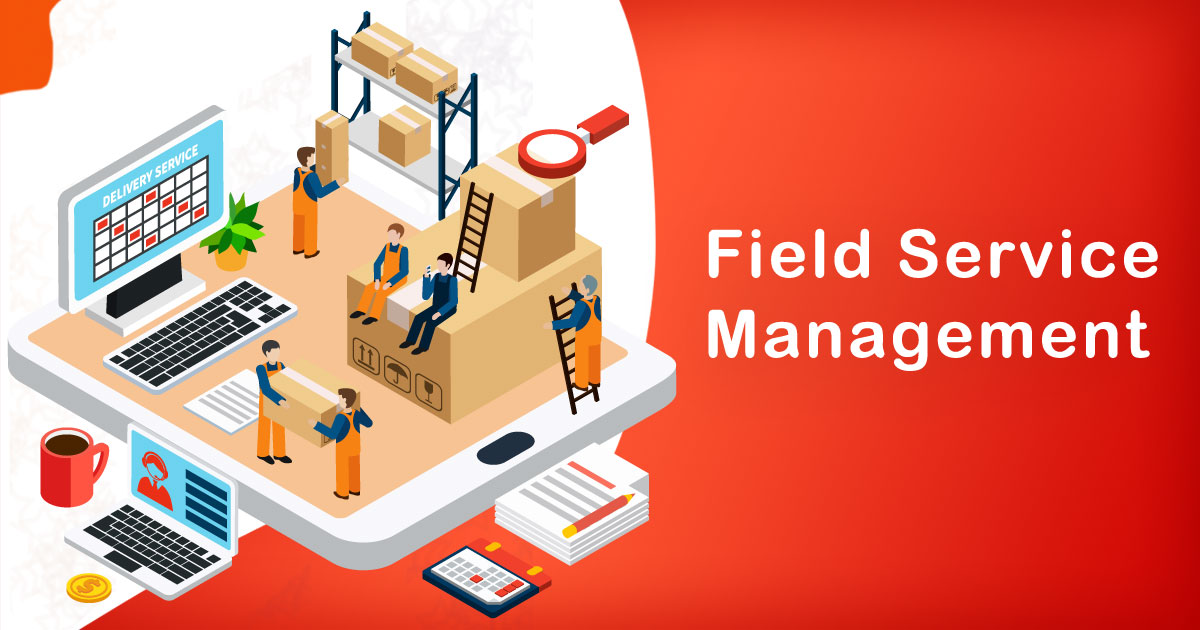Introduction
In today’s fast-paced world, organizations rely on technology to keep their assets in optimal condition. Computerized Maintenance Management Systems (CMMS) have proven to be a game-changer for companies in managing their maintenance and repair operations. It is an innovative software that helps maintenance teams track and manage their assets effectively. In this blog, we will discuss how to improve repair and maintenance through CMMS and what you need to know.
What is a CMMS?
A Computerized Maintenance Management System (CMMS) is a software application that helps maintenance teams manage and track assets effectively. It assists in the scheduling and planning of preventive maintenance tasks, creating work orders, and tracking the progress of maintenance activities. CMMS software also enables maintenance teams to manage inventory, purchase orders, and vendor management. CMMS provides organizations with the ability to make informed decisions, reduce downtime, and increase asset lifespan.
Here are some of the significant advantages that Indian organizations can realize by implementing a CMMS:
1. Improved Asset Management:
CMMS enables organizations to manage their assets effectively by tracking all maintenance activities in real-time. The software provides a complete history of each asset, including work orders, repair requests, and preventive maintenance schedules. The ability to track asset history enables maintenance teams to identify recurring issues and implement corrective actions to reduce downtime.
2. Increased Productivity:
With a CMMS, maintenance teams can plan and schedule preventive maintenance tasks more efficiently. By automating maintenance scheduling, the software enables maintenance teams to prioritize critical maintenance activities and optimize resources. This results in increased productivity and reduced downtime.
3. Better Decision Making:
A CMMS provides real-time data on the health of assets, enabling maintenance teams to make informed decisions. The software enables maintenance teams to identify trends, track costs, and identify areas for improvement. The data provided by a CMMS can be used to improve asset performance and reduce maintenance costs.
4. Enhanced Safety and Compliance:
CMMS software enables organizations to manage safety and compliance requirements effectively. The software provides access to safety documentation and enables organizations to track compliance with regulations. The ability to manage safety and compliance requirements effectively reduces the risk of accidents and ensures regulatory compliance.
How to Implement CMMS Implementing a CMMS requires a strategic approach.
Here are some steps that Indian organizations can follow to implement CMMS effectively:
1. Define Objectives:
The first step in implementing a CMMS is to define objectives. Organizations need to identify their goals and what they want to achieve with a CMMS. This will enable them to select the right software and set up the system to meet their requirements.
2. Identify Key Stakeholders:
It is essential to identify key stakeholders who will be responsible for the implementation and management of the CMMS. This includes maintenance teams, IT departments, and management teams.
3. Select the Right CMMS Software:
Organizations need to select the right CMMS software that meets their requirements. This includes assessing the software’s features, capabilities, and scalability. Organizations should also consider the cost of the software and the vendor’s support capabilities.
4. Develop a CMMS Implementation Plan:
Organizations need to develop a comprehensive implementation plan that includes timelines, milestones, and responsibilities. The plan should be communicated to all stakeholders and regularly reviewed to ensure that the implementation stays on track.
5. Train Maintenance Teams:
Maintenance teams need to be trained on how to use the CMMS effectively. This includes providing training on how to create work orders, track assets, and schedule preventive maintenance tasks. It is essential to ensure that maintenance teams are proficient in using the software to realize the benefits of a CMMS.
Conclusion
In conclusion, implementing a CMMS can provide numerous benefits for organizations in India. The software helps maintenance teams manage and track their assets effectively, plan and schedule preventive maintenance tasks, and manage inventory, purchase orders, and vendor management. The benefits of a CMMS include improved asset management, increased productivity, better decision-making, and enhanced safety and compliance. Implementing a CMMS requires a strategic approach that includes defining objectives, identifying key stakeholders, selecting the right CMMS software, developing a comprehensive implementation plan, and training maintenance teams. By following these steps, Indian organizations can reap the benefits of a CMMS and improve their repair and maintenance operations.


